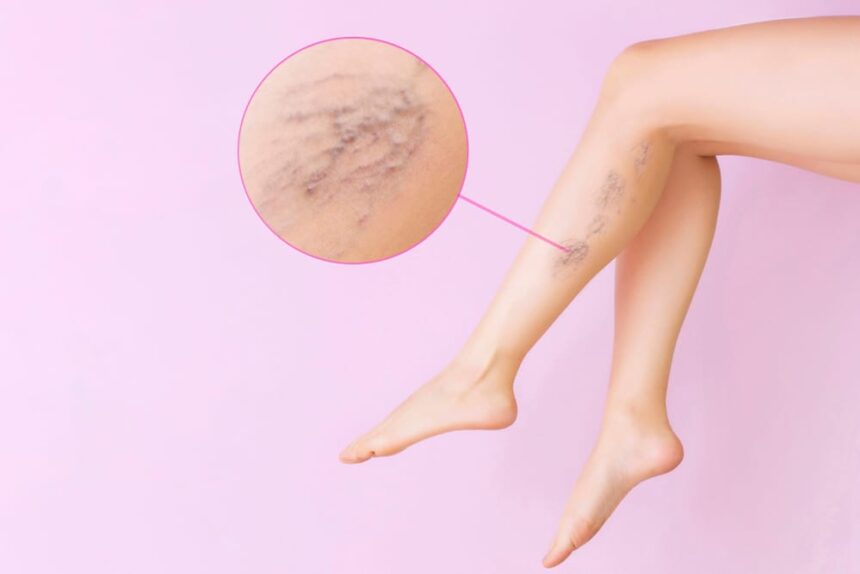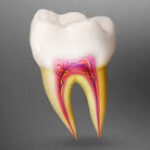Varicose veins are a common issue, and these swollen, twisted veins often appear on the legs. Alongside physical discomfort, like aching, swelling, and heaviness, varicose veins can also affect aesthetic goals due to their noticeable appearance.
Advancements in medical treatments, such as sclerotherapy using Varithena foam, can bring relief to those dealing with this condition. Here’s more information on varicose veins and sclerotherapy:
What Are Varicose Veins?
Varicose veins occur when the valves in veins fail to function properly, disrupting the one-way blood flow to the heart. This leads to blood pooling in the veins, causing them to enlarge and twist. V
aricose veins primarily appear in the legs and feet because standing and walking increase the pressure on the veins of the lower body. While often painless, untreated varicose veins can lead to health complications, including ulcers or blood clots. Some symptoms of varicose veins include:
- Heavy, Achy Legs
- Leg Cramps
- Burning or Throbbing
- Skin Discoloration
- Itchy Skin
- Swelling
What Is Sclerotherapy?
Sclerotherapy is a minimally invasive procedure used to treat varicose veins and other vein conditions, like spider veins. During the procedure, a healthcare provider injects a liquid or foam solution into affected veins, causing them to collapse and close. Over time, the body naturally reroutes blood through healthier veins, and the treated veins are absorbed by the body.
This method has been in use for decades due to its efficacy, quick recovery times, and cosmetic benefits. One of the more advanced forms of sclerotherapy involves the use of foam-based sclerosants, such as Varithena, which offers better distribution across larger and more complex vein systems.
What Is Varithena?
Varithena is an FDA-approved polidocanol injectable foam specifically designed for sclerotherapy. It represents a significant advancement in treating both symptomatic and visible varicose veins. Varithena is primarily used to treat varicose veins associated with the great saphenous vein (GSV) and its tributaries. These veins, located in the leg, are often the most affected by venous insufficiency.
The Difference Between Liquid and Foam Sclerotherapy
Unlike traditional liquid sclerotherapy, Varithena’s foam formulation provides better coverage of vein walls. This makes it ideal for addressing larger veins or complex venous systems. The foam helps to eliminate symptoms and to restore the aesthetic of the treated area.
The Effectiveness of Foam Sclerotherapy
Clinical studies validate the high efficacy of Varithena foam. A multicenter, placebo-controlled study demonstrated that Varithena significantly reduces both the physical discomfort and visible appearance of varicose veins. Participants using Varithena showed profound improvements in symptoms like heaviness, swelling, and throbbing, alongside aesthetic enhancements, compared to those using placebos.
Varithena’s foam formulation offers unique benefits over traditional sclerotherapy solutions. It contains low levels of nitrogen and uses highly absorbable gases (oxygen and carbon dioxide), reducing the risk of embolism while providing uniform and lasting contact with vein walls. The foam’s cohesive properties enable it to travel effectively through the venous system, delivering consistent results.
The treatment is also well-tolerated, with most side effects, such as minor bruising or site discomfort, being mild and temporary. With its ability to deliver quick relief and cosmetic improvements in a single session, Varithena can be a key option for both physicians and patients seeking effective treatment for varicose veins.
Find Out If Varithena Foam Sclerotherapy Is Right for You
Varithena has set a new standard in varicose vein treatment, combining innovation with effective results. Whether you’re seeking relief from discomfort or looking to improve the appearance of your legs, this advanced foam sclerotherapy could be the solution you’ve been waiting for. Consult with a qualified vascular specialist to determine if Varithena is the right treatment for your case.
Related Articles
Why Sleep Apnea Treatment Is Essential for Long-Term Health
What to Expect During Your First Visit to a Restorative Dentist
Understanding the Kyphoplasty Procedure for Spine Restoration
How Sports Doctors Helps with Rehabilitation Before and After Surgery





